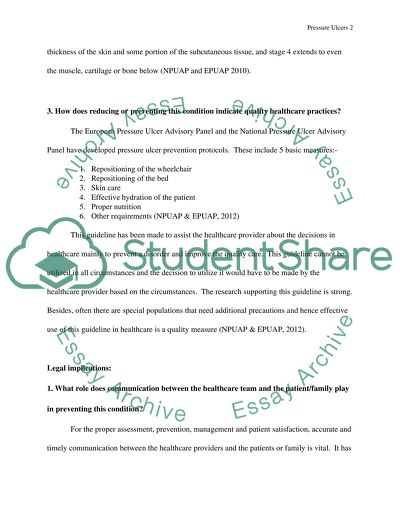Cite this document
(“Health Sciences - Pressure Ulcers Term Paper Example | Topics and Well Written Essays - 1500 words”, n.d.)
Retrieved from https://studentshare.org/health-sciences-medicine/1445549-pressure-ulcers-preventable
Retrieved from https://studentshare.org/health-sciences-medicine/1445549-pressure-ulcers-preventable
(Health Sciences - Pressure Ulcers Term Paper Example | Topics and Well Written Essays - 1500 Words)
https://studentshare.org/health-sciences-medicine/1445549-pressure-ulcers-preventable.
https://studentshare.org/health-sciences-medicine/1445549-pressure-ulcers-preventable.
“Health Sciences - Pressure Ulcers Term Paper Example | Topics and Well Written Essays - 1500 Words”, n.d. https://studentshare.org/health-sciences-medicine/1445549-pressure-ulcers-preventable.


